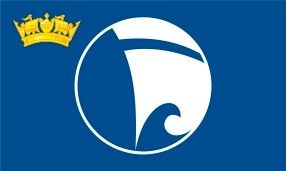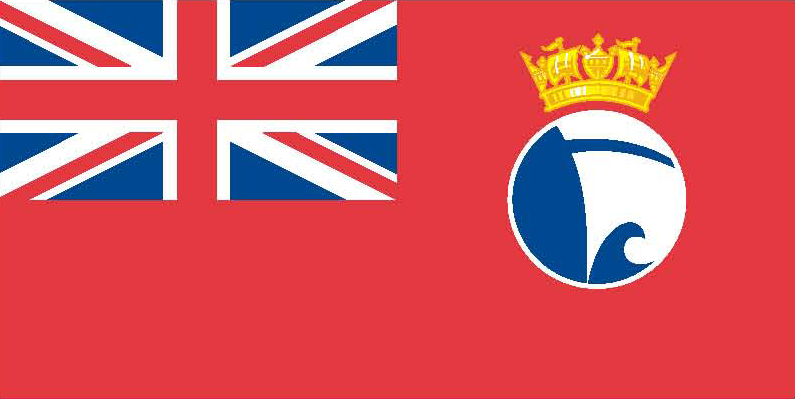Previous names
- 1961 - 1998 Seal Morning
Details
Construction
Dimensions
History
FORESTERS CENTENARY was built by Groves and Gutteridge at Cowes in 1935, costing £3,569. She was named by the Admiral of the Fleet, Sir Roger Keyes, on 18 July 1936 and was a gift from the Ancient Order of Foresters to the RNLI. She served at Sheringham, Norfolk from 1936 to 1961 and was Sheringham's first motorised lifeboat. She became known as the 'airmen's lifeboat' because she rescued more RAF personnel than any other lifeboat. She stood by for hours during over 1000 bombing raids and is credited with being launched 129 times and saving 92 lives. FORESTERS CENTENARY was sold in 1961 into private ownership. She had a cabin and wheelhouse fitted at this time and was converted to a fishing hire boat. She was renamed SEAL MORNING and kept this name until 1998. In January 2003, she was put on display at Sheringham.
Significance
1. What is the vessel’s ability to demonstrate history in her physical fabric?
FORESTERS CENTENARY was designed as a single screw Liverpool Class lifeboat. Her hull is made from double diagonal mahogany planking on oak frames fastened with copper nails and roves. It was constructed with six watertight divisions, fitted with 115 mahogany air cases. She has two timber masts rigged with lug and Bermudian sails. She was also fitted with a single 35 horsepower Weyburn AE6 six cylinder petrol engine and the latest equipment, including a line throwing gun and an electrically powered searchlight. In 1961, FORESTERS CENTENARY was converted for use as a fishing boat, with a cabin and wheelhouse added. She has subsequently been restored to her service configuration, using a cockpit canopy and engine from a similar lifeboat. Her hull appears largely original and is displayed as built.
2. What are the vessel’s associational links for which there is no physical evidence?
FORESTERS CENTENARY was built by Groves & Gutteridge Ltd at Cowes. She became Sheringham’s first motorised lifeboat, gifted by the Ancient Order of Foresters Friendly Society and was named in July 1936 by the Admiral of the Fleet, Lord Keyes. A new boathouse was built to house her, with a specially constructed slipway over the shingle beach and she served at Sheringham for 25 years, giving her strong local associations with the area. She has international significance for her role during the Second World War, saving lives and searching for possible survivors from downed aircraft. She performed a total of 56 rescue operations during the conflict, more than any other lifeboat in the country, and was given the popular accolade of the ‘Airman’s Lifeboat’. She also featured in a short film produced for the British Ministry of Information in 1940. During her career, FORESTERS CENTENARY went to the aid of various international vessels, including Canadian ship EAGLESCLIFFE HALL in 1941, when her coxswain was awarded an RNLI bronze medal for his part in rescuing 15 men. In 1955, she rescued 18 men from the SS WIMBLEDON, for which an RNLI silver medal, a bronze medal and thanks on vellum were awarded. She is credited with being launched 129 times and saving 92 lives. Historic photographs and paintings survive to document this vessel which was recorded on the National Register of Historic Vessels in 1999.
3. How does the vessel’s shape or form combine and contribute to her function?
Built to save lives in all weathers, FORESTERS CENTENARY had a powerful engine housed in a watertight compartment, enabling it to continue running even if the engine room became flooded. With a top speed of 7.3 knots, she had a range of fifty to sixty nautical miles depending on fuel consumption and was also fitted with sails in case of engine problems. The Liverpool class design was light and suitable for carriage launching, but not self-righting. However, she was a very stable boat, designed to be operated by a crew of seven, and could carry up to thirty people. Her iconic red, white and blue RNLI livery, with her varnished cabin, pointed bow, plumb curved stem and pointed stern make her an aesthetically pleasing sight. FORESTERS CENTENARY is in static preservation, on display alongside two other local historic lifeboats at Sheringham Museum, adjacent to the waters where she once served.
Key dates
-
1935
Built by Groves & Gutteridge in East Cowes, Isle of Wight as a Lifeboat
-
1936-1961
She was Sheringham’s first motorised lifeboat and is credited with saving 92 lives. She stood by for hours during the 1000 bomber raids and became known as the ‘Airman’s Lifeboat’ and was awarded with RNLI medals
-
1961
Sold to a private owner and converted to a fishing hire boat with a cabin and wheelhouse
-
2000
Sold to the Sheringham Museum Norfolk Trust Ltd and fully restored
-
2010
The construction is complete and His Royal Highness, The Duke of Kent performed the official opening
Own this vessel?
If you are the owner of this vessel and would like to provide more details or updated information, please contact info@nationalhistoricships.org.uk










